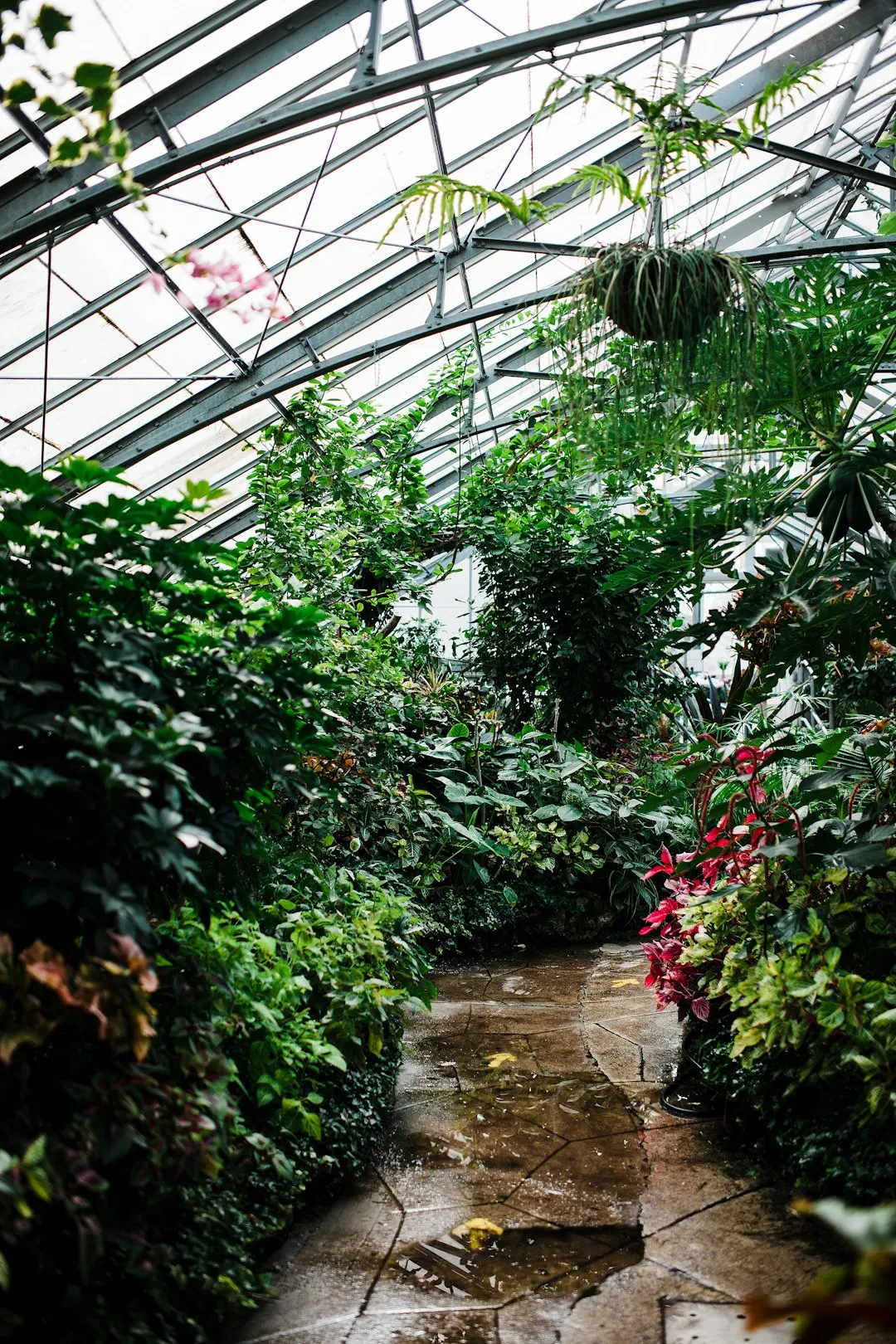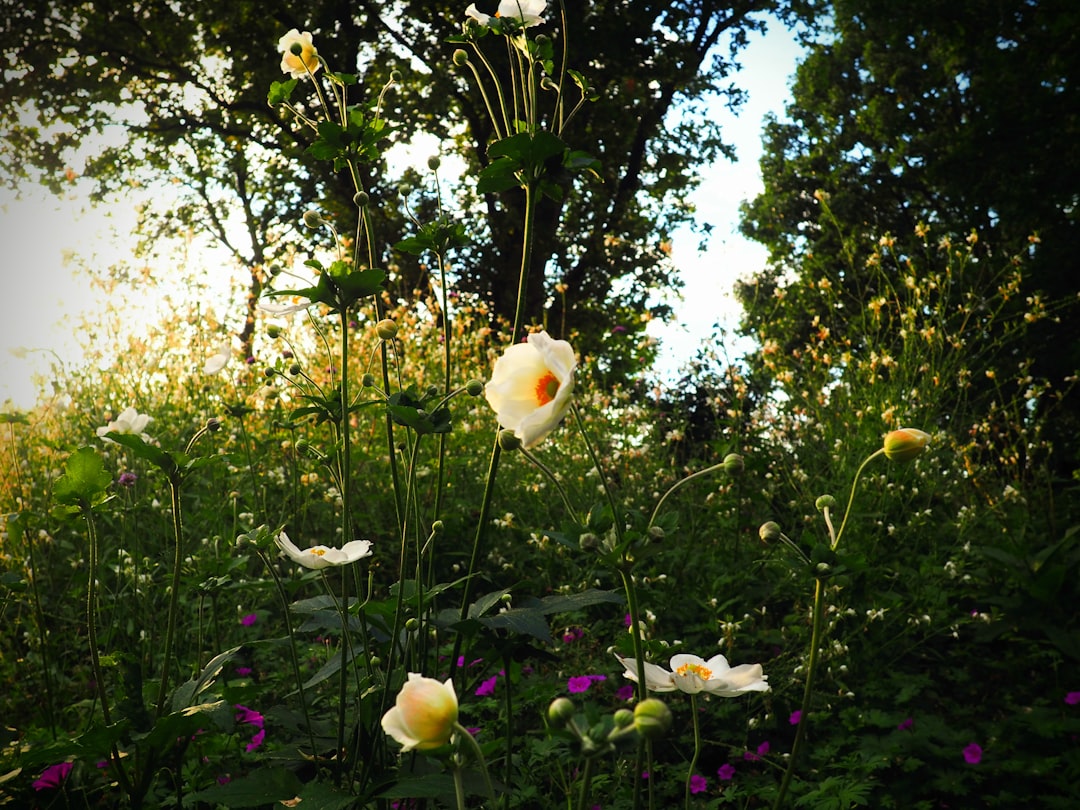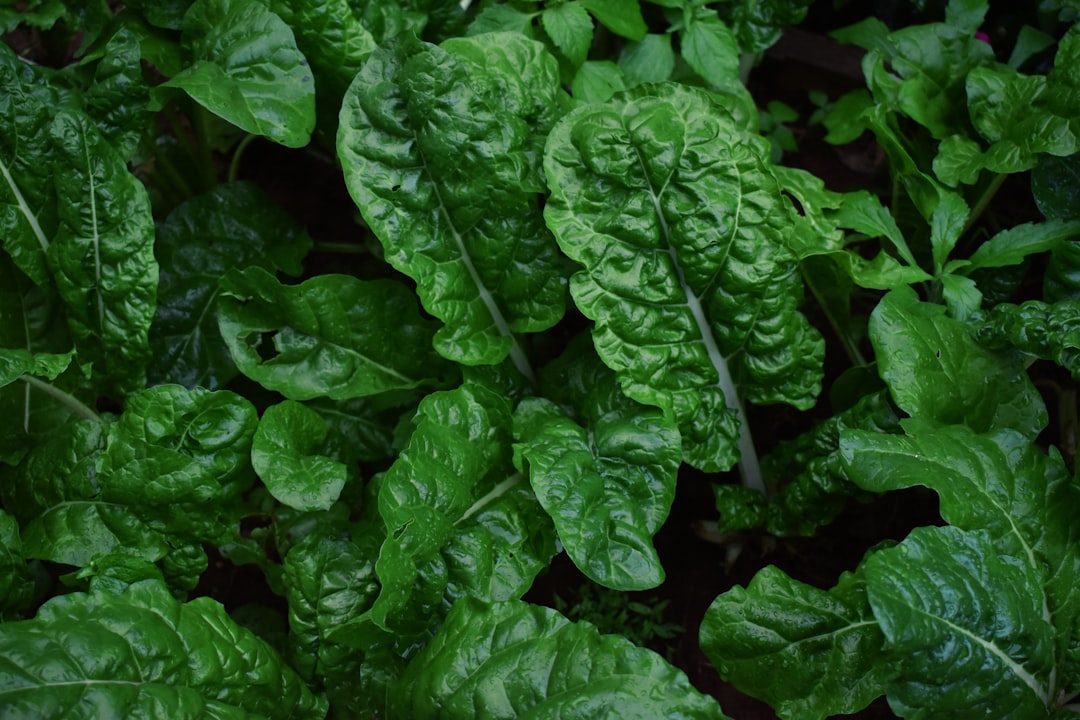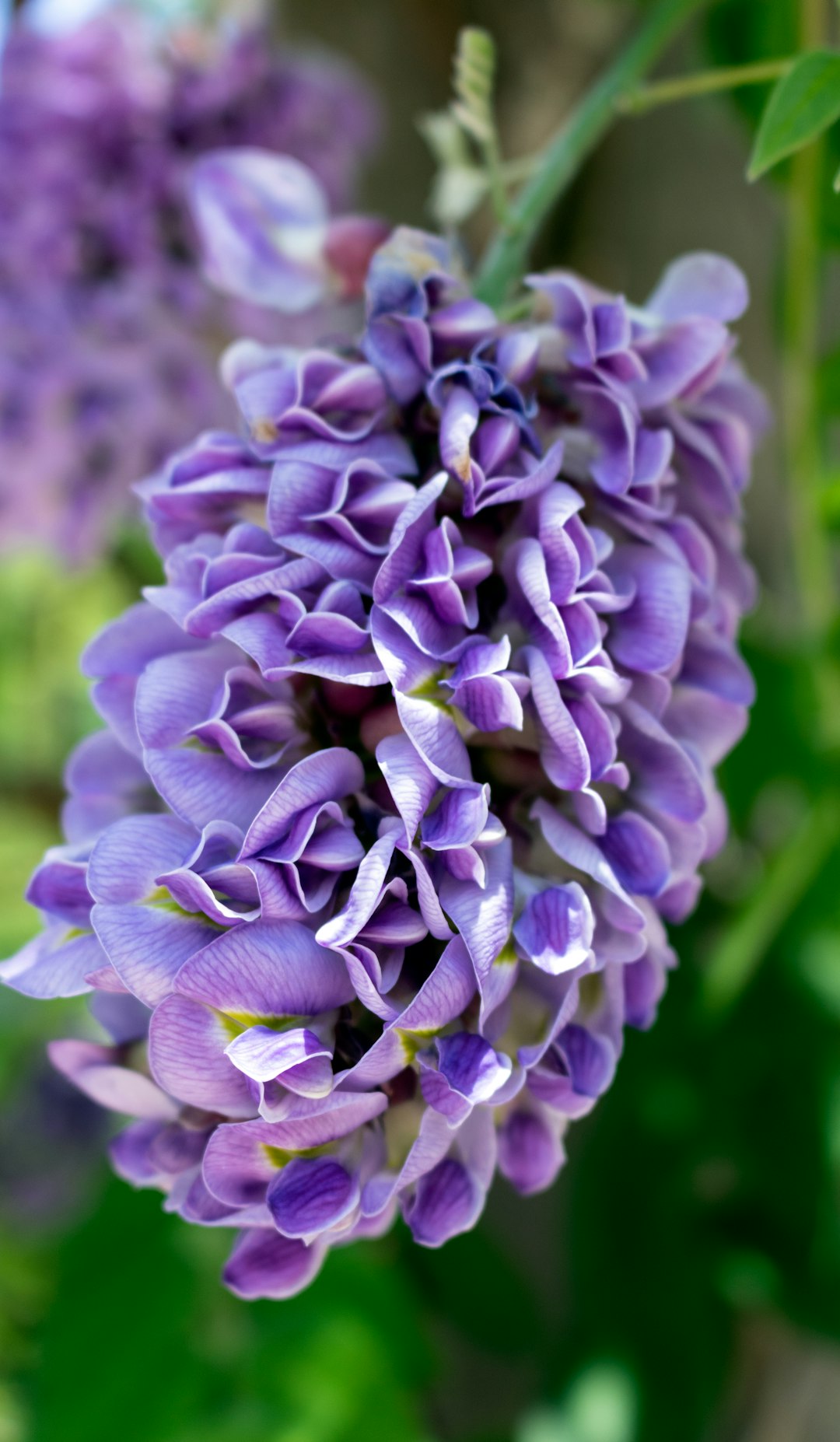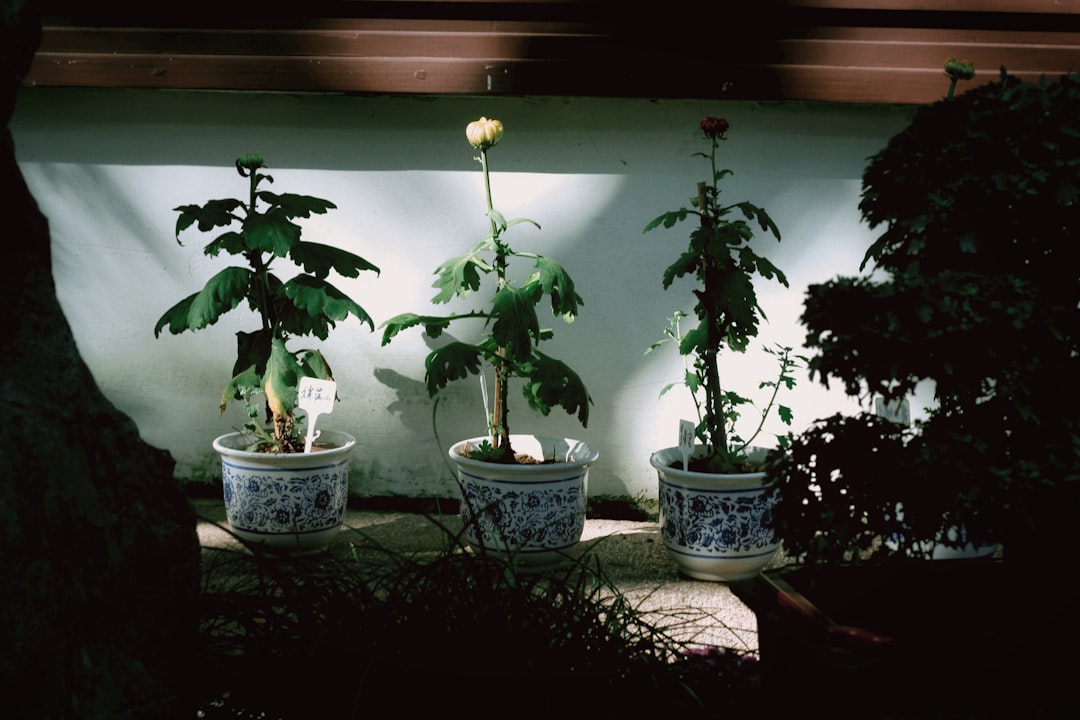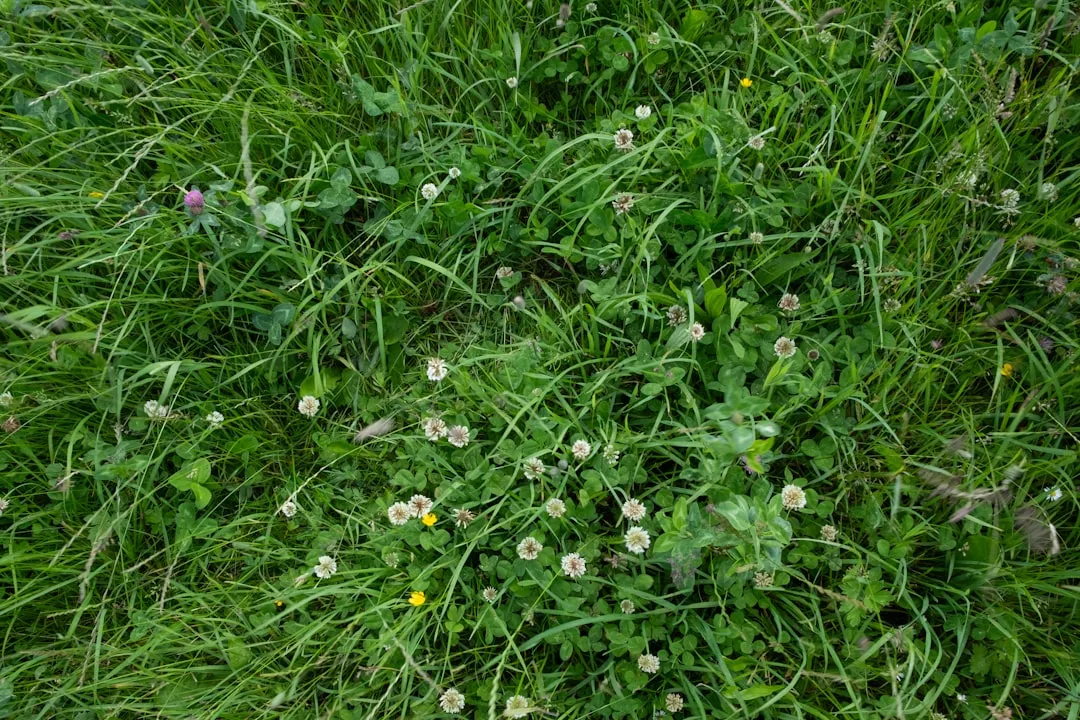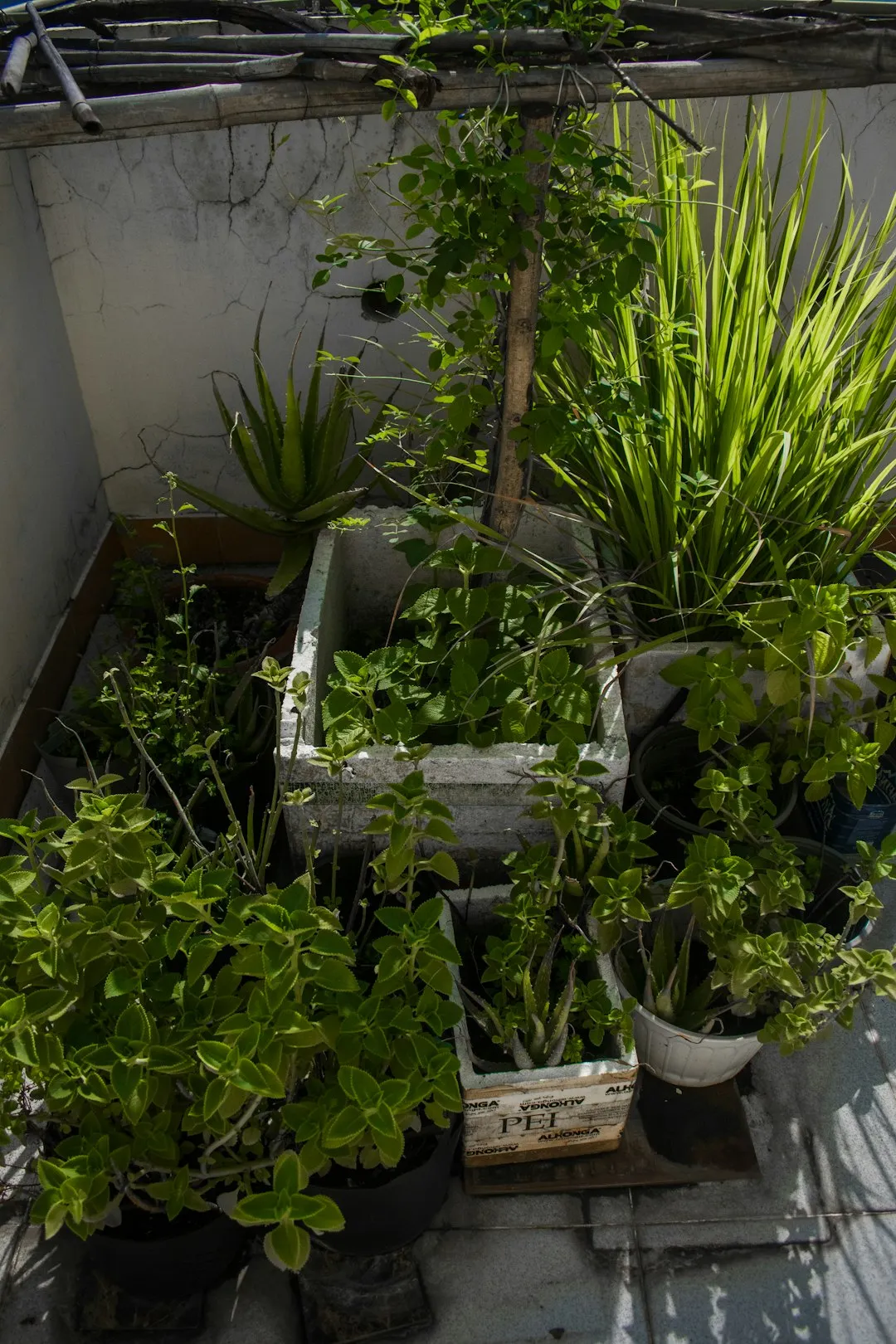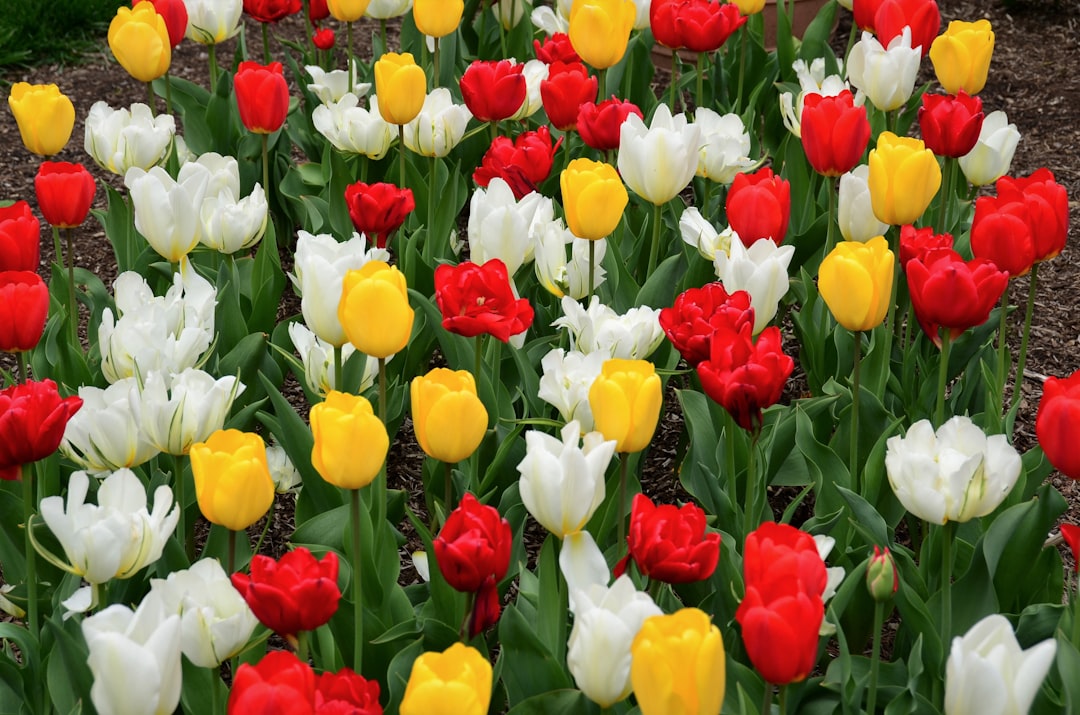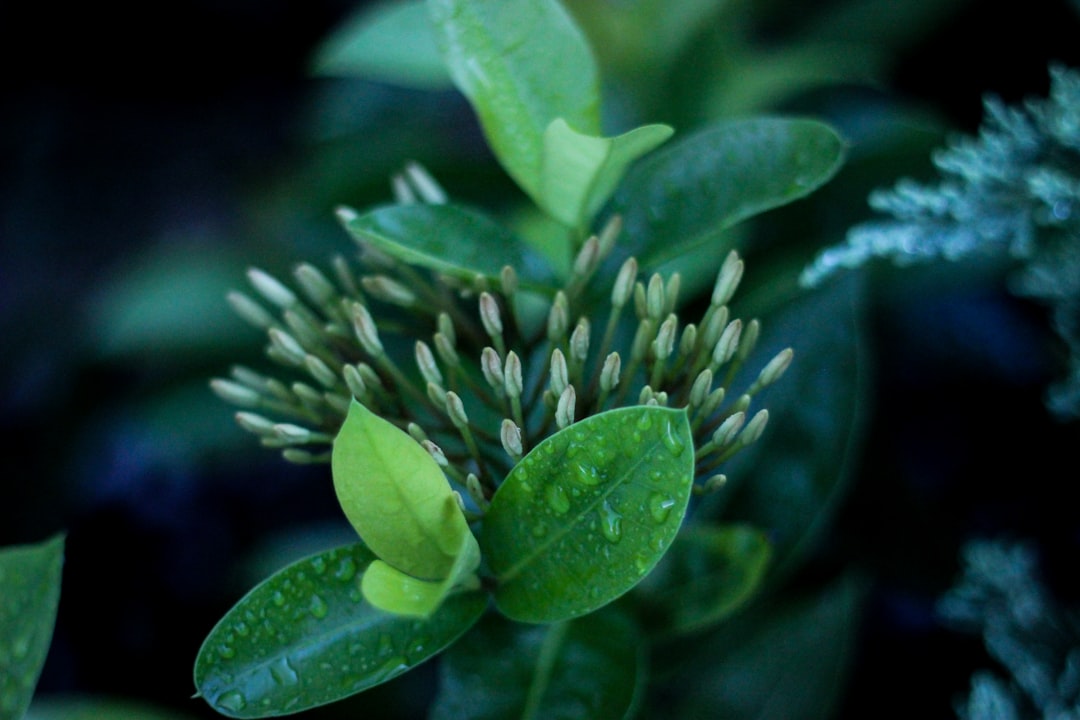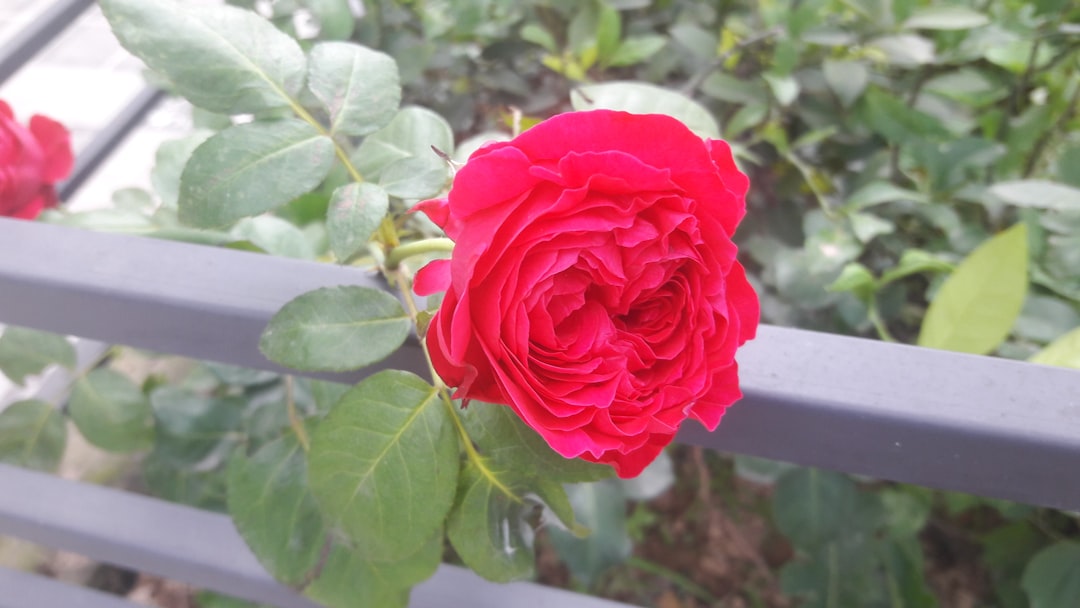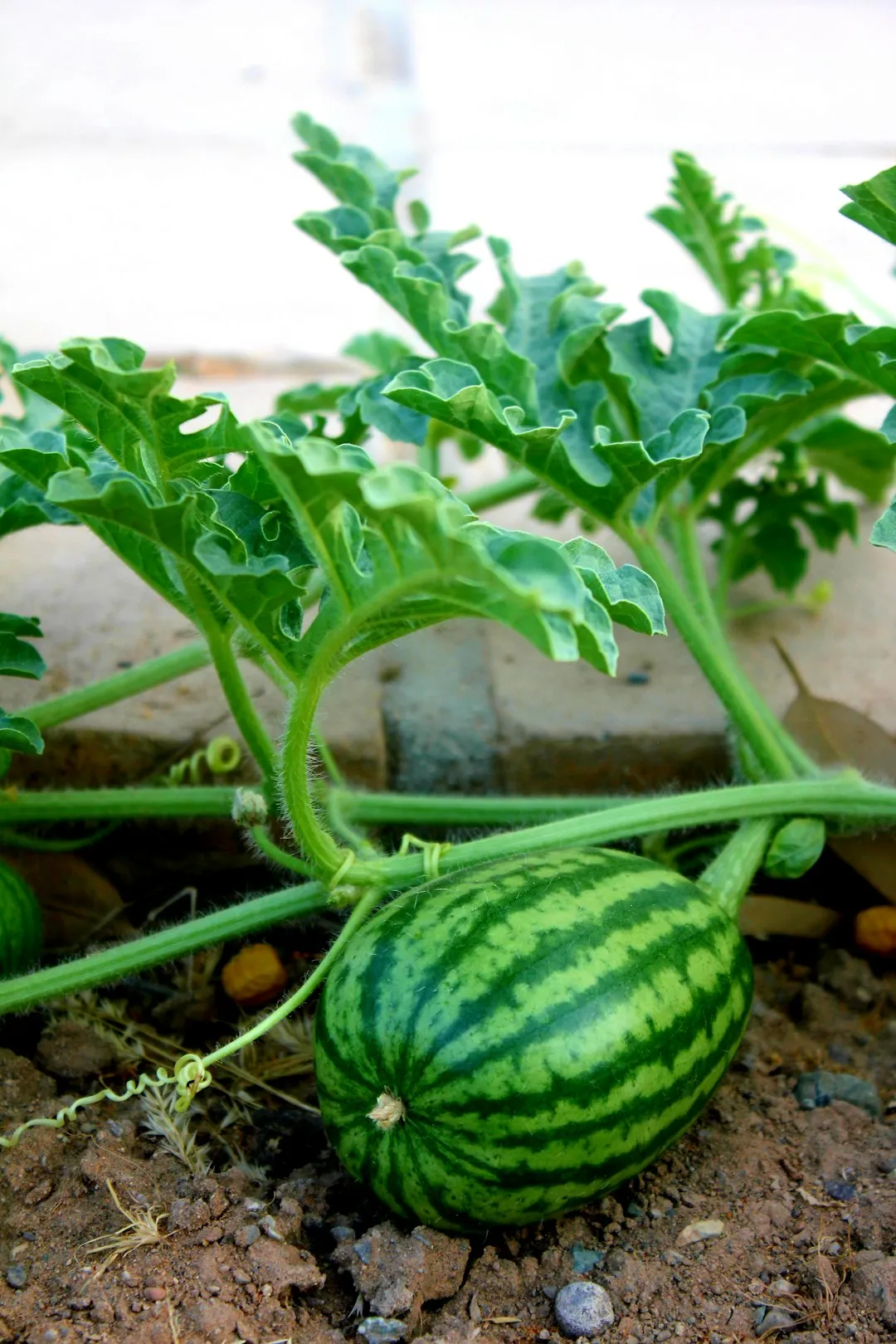If you're on the hunt for a plant that combines resilience with aesthetic appeal, look no further than the flax lily. This remarkable plant can thrive both indoors as a charming houseplant and outdoors as a striking accent in your garden. In this guide, we'll explore everything you need to know about growing flax lily, from its characteristics to the best cultivation practices.
Flax lilies, scientifically known as Dianella, are a genus of perennials that belong to the Asphodelaceae family. They are native to various regions, including Australia, New Zealand, and Southeast Asia. These plants are well - known for their long, strap - like leaves that can range in color from deep green to variegated shades of green and yellow. The foliage has a unique texture that adds an interesting dimension to any landscape or indoor space.
One of the most appealing aspects of flax lilies is their hardiness. They can tolerate a wide range of environmental conditions, making them suitable for both novice and experienced gardeners. They are drought - tolerant once established, which means you don't have to worry about watering them constantly. This makes them an excellent choice for areas with limited water availability or for those who tend to forget about their plants from time to time.
When it comes to light requirements, flax lilies are quite adaptable. They can grow in full sun to partial shade. However, if you're growing them indoors, place them near a window where they can receive bright, indirect light. Outdoors, a location with morning sun and afternoon shade is ideal, especially in hotter climates. This will prevent the leaves from getting scorched and keep the plant looking its best.
Soil is another important factor in the successful growth of flax lilies. They prefer well - drained soil. A mixture of loam, sand, and organic matter will provide the perfect growing medium. If you're planting them in a container, make sure there are drainage holes at the bottom to prevent waterlogging. Poorly drained soil can lead to root rot, which is a common problem for many plants.
Watering flax lilies should be done moderately. During the growing season, keep the soil evenly moist but not soggy. In winter, reduce the frequency of watering as the plant goes into a semi - dormant state. Overwatering can be just as harmful as underwatering, so it's important to find the right balance.
Fertilizing flax lilies can help promote healthy growth and vibrant foliage. Use a balanced, slow - release fertilizer in the spring and summer months. Follow the instructions on the fertilizer package for the correct application rate. Avoid over - fertilizing, as this can lead to excessive growth and may make the plant more susceptible to pests and diseases.
Flax lilies also produce beautiful flowers. The flowers are usually blue or purple and are borne on tall spikes above the foliage. These flowers add a splash of color to the plant and attract pollinators such as bees and butterflies. After the flowers fade, they are replaced by small, berry - like fruits that can add an additional decorative element to the plant.
Propagation of flax lilies can be done through division or by seed. Division is the easiest and most common method. Simply dig up the plant in the spring or fall and separate the clumps into smaller sections. Replant the divisions in a suitable location, and they will quickly establish themselves. Growing from seed is a bit more challenging but can be rewarding. Sow the seeds in a well - drained seed - starting mix and keep them moist until they germinate.
In conclusion, flax lilies are a wonderful addition to any garden or indoor space. Their hardiness, attractive foliage, and beautiful flowers make them a versatile and low - maintenance plant. By following the tips in this guide, you can enjoy the beauty of flax lilies for years to come.

